Time Periods
Paleolithic
Mesolithic
Neolithic
Chalcolithic
Bronze Age
Iron Age
Classical Period
Post-Classical Period
Early Modern Period
Industrial Period
Contemporary Period
Time Periods
Paleolithic
Mesolithic
Neolithic
Chalcolithic
Bronze Age
Iron Age
Classical Period
Post-Classical Period
Early Modern Period
Industrial Period
Contemporary Period
Location
About
Wadi Tumilat is a significant archaeological site located east of the Nile Delta, notable for its ancient role as a conduit for caravan trade between Egypt and the East. The site features a range of archaeological elements, including ancient towns, fortresses, temples, and irrigation canals. It has been inhabited since the Predynastic to Early Dynastic periods, with notable activity during the Second Intermediate Period connecting Egypt with the Levant. The site was fortified during the New Kingdom, and significant urban and defensive structures were developed during the Saite Dynasty. Necho II's canal project, an ancient precursor to the Suez Canal, further highlights the site's historical importance in ancient infrastructure projects. The Roman period also left its mark, with settlements indicating continued occupation and use. Overall, Wadi Tumilat offers valuable insights into ancient trade, religion, and urban development in Egypt.
Gallery
Explore photographs of ancient structures, artifacts, and archaeological excavations at Wadi Tumilat
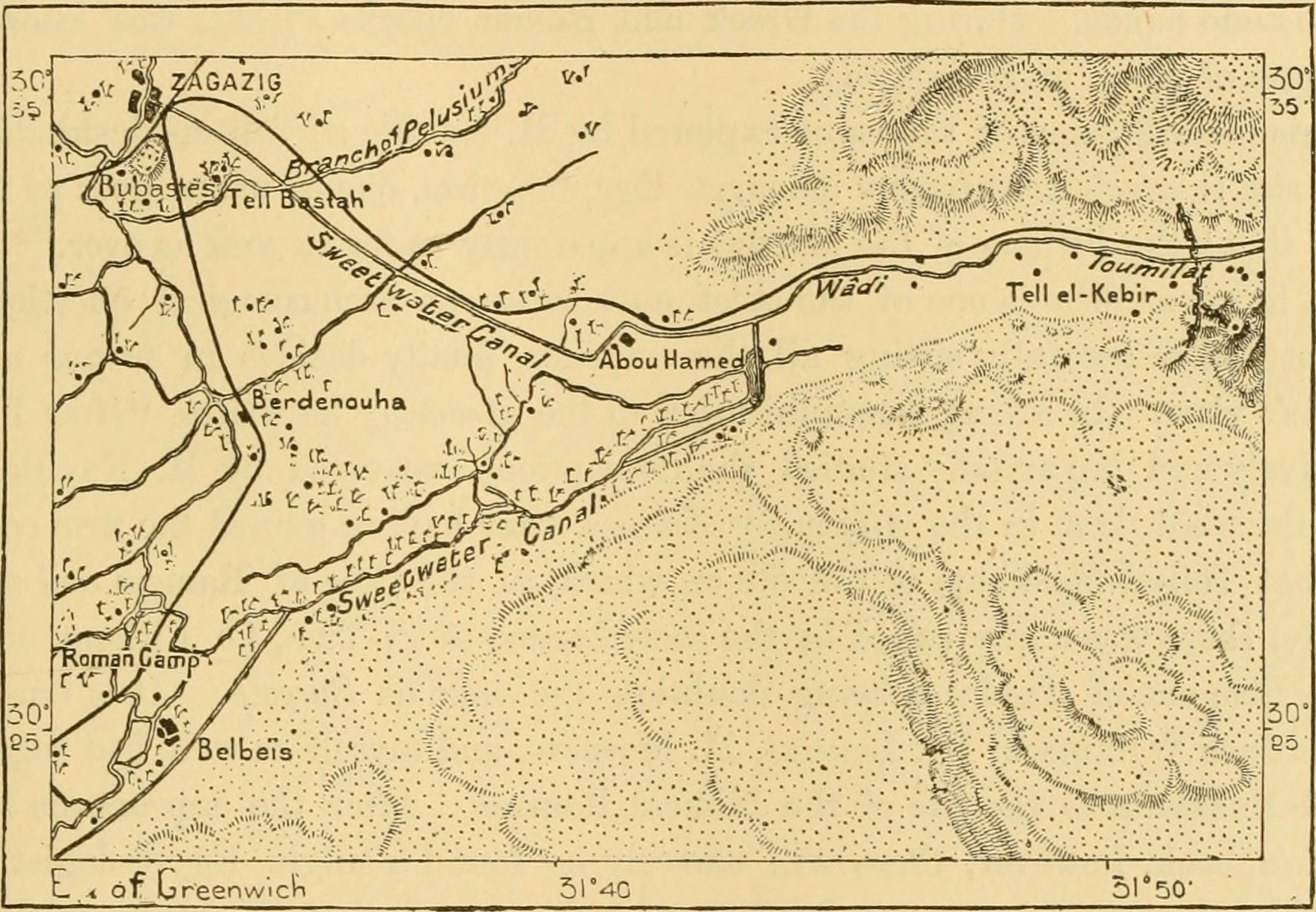
Archaeological Features
Explore the unique architectural and cultural elements found at this historical site
Defensive Structures
Water Management Features
Burial and Funerary Structures
Religious and Ritual Structures
Domestic and Habitation Structures
Historical Timeline
Journey through time and discover key events in this site's archaeological history
Plan Your Visit
Details
- Country
- Egypt
- Source
- Wikipedia
More Sites in Egypt
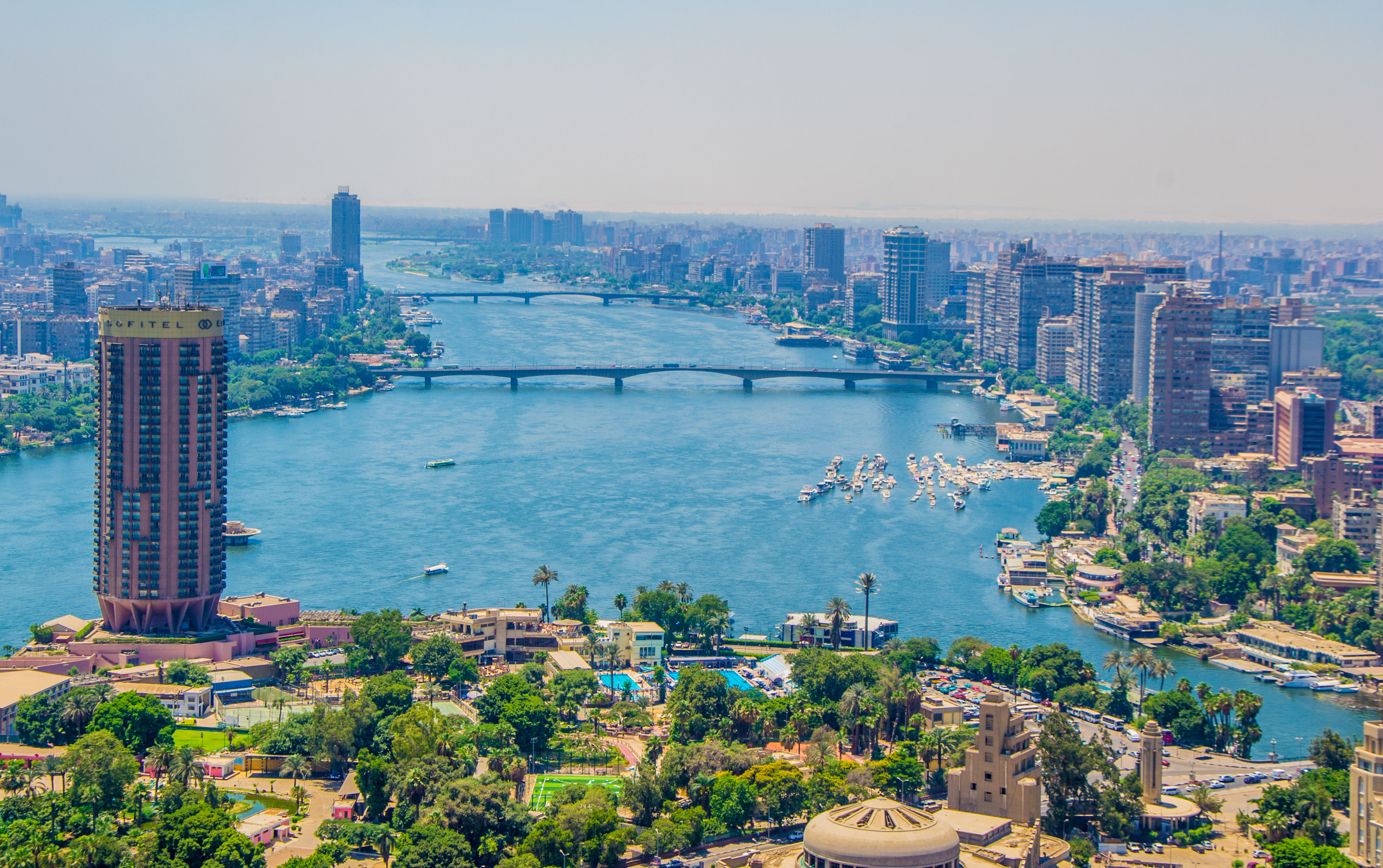
El Matareya, Cairo
Ruins of ancient city Heliopolis in Cairo.
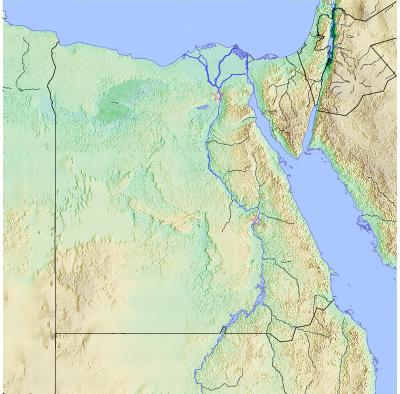
Elkab
Ancient Egyptian city with temples and tombs.
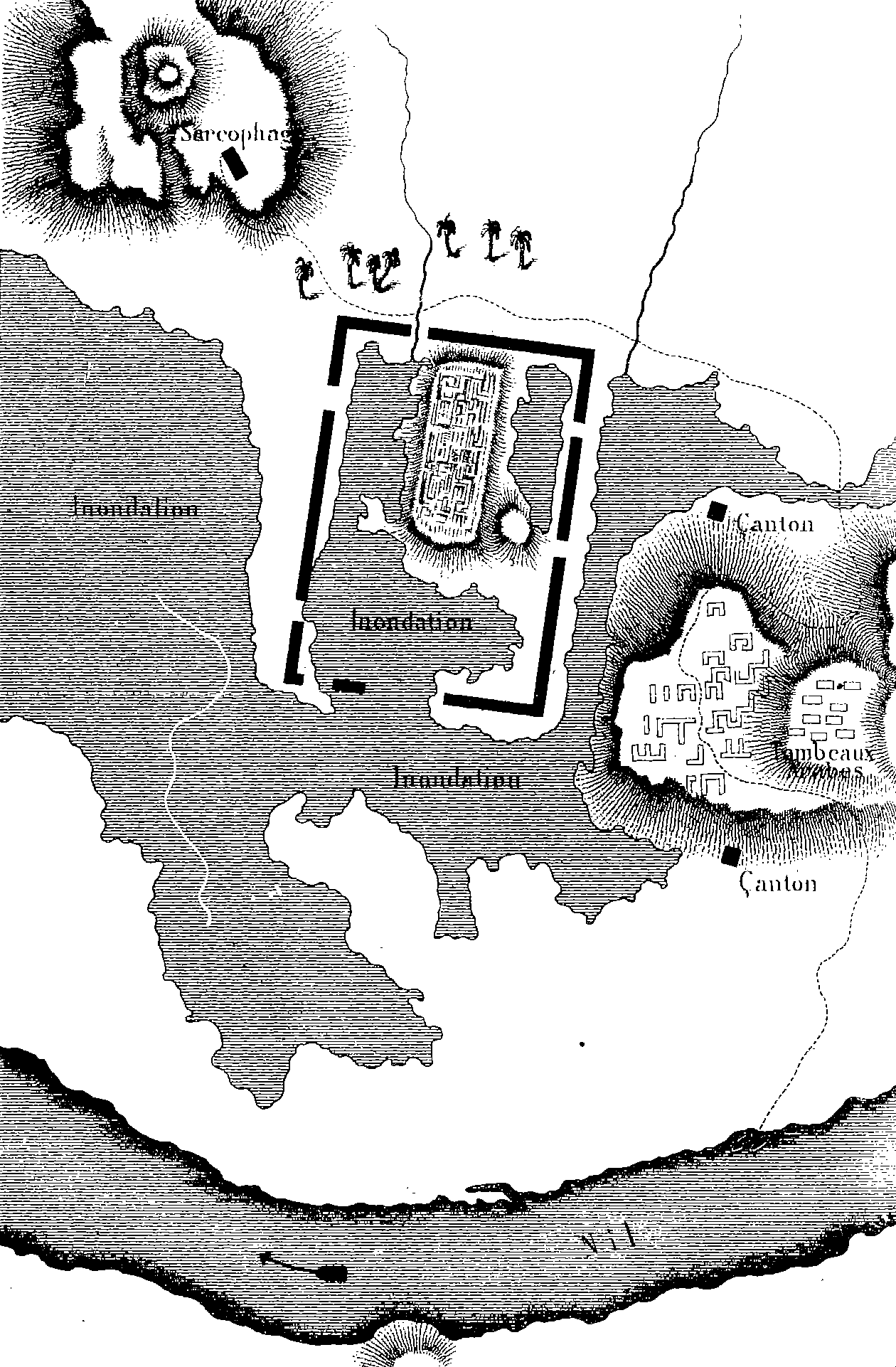
Sais, Egypt
Ancient Egyptian city with Neolithic origins
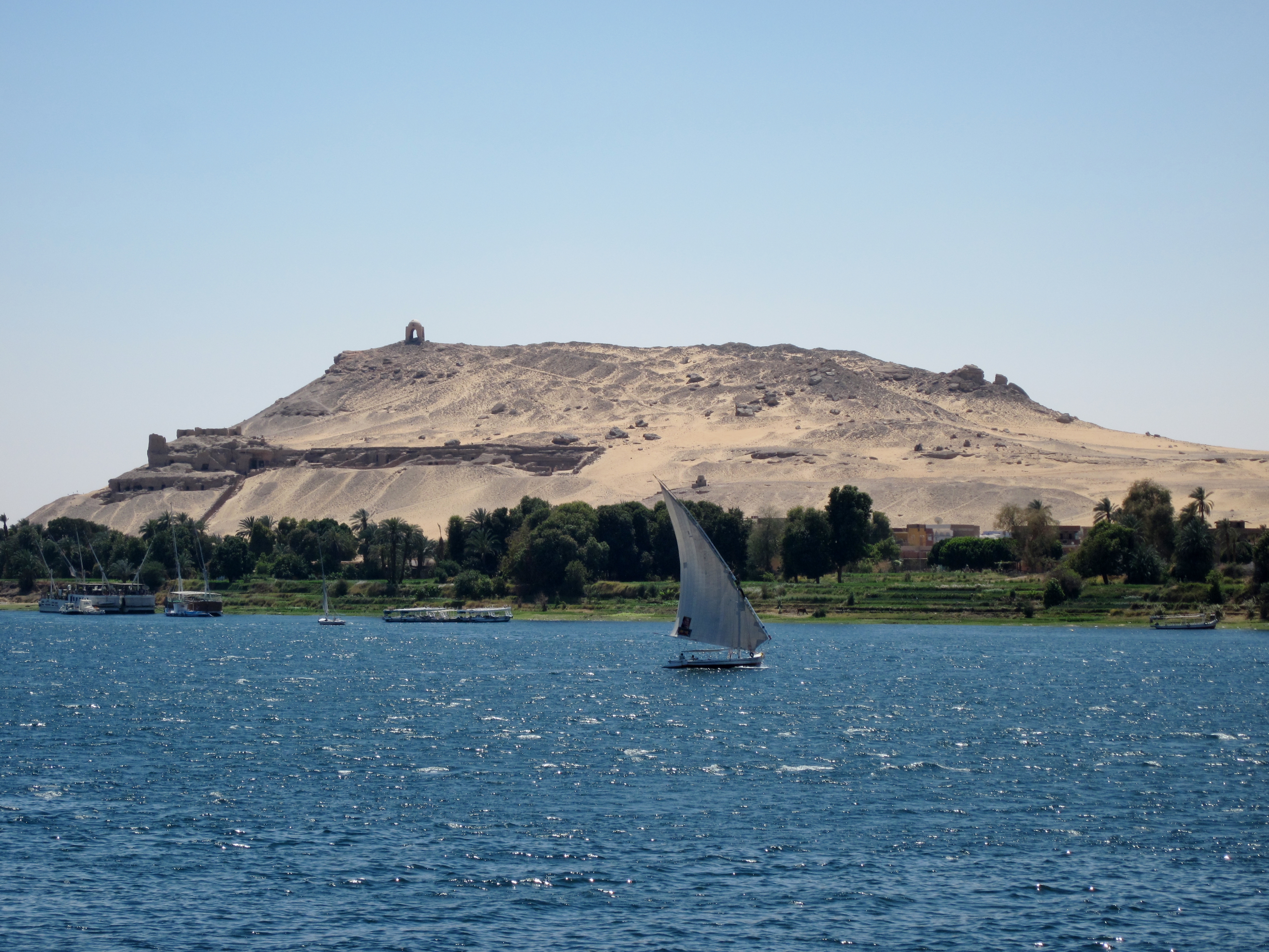
Qubbet el-Hawa
Ancient necropolis on Nile's west bank
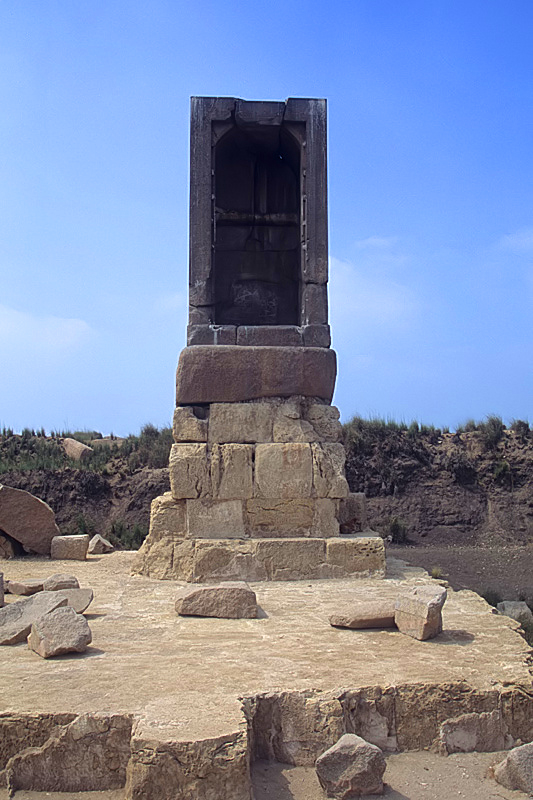
Mendes
Ancient city with significant religious structures.
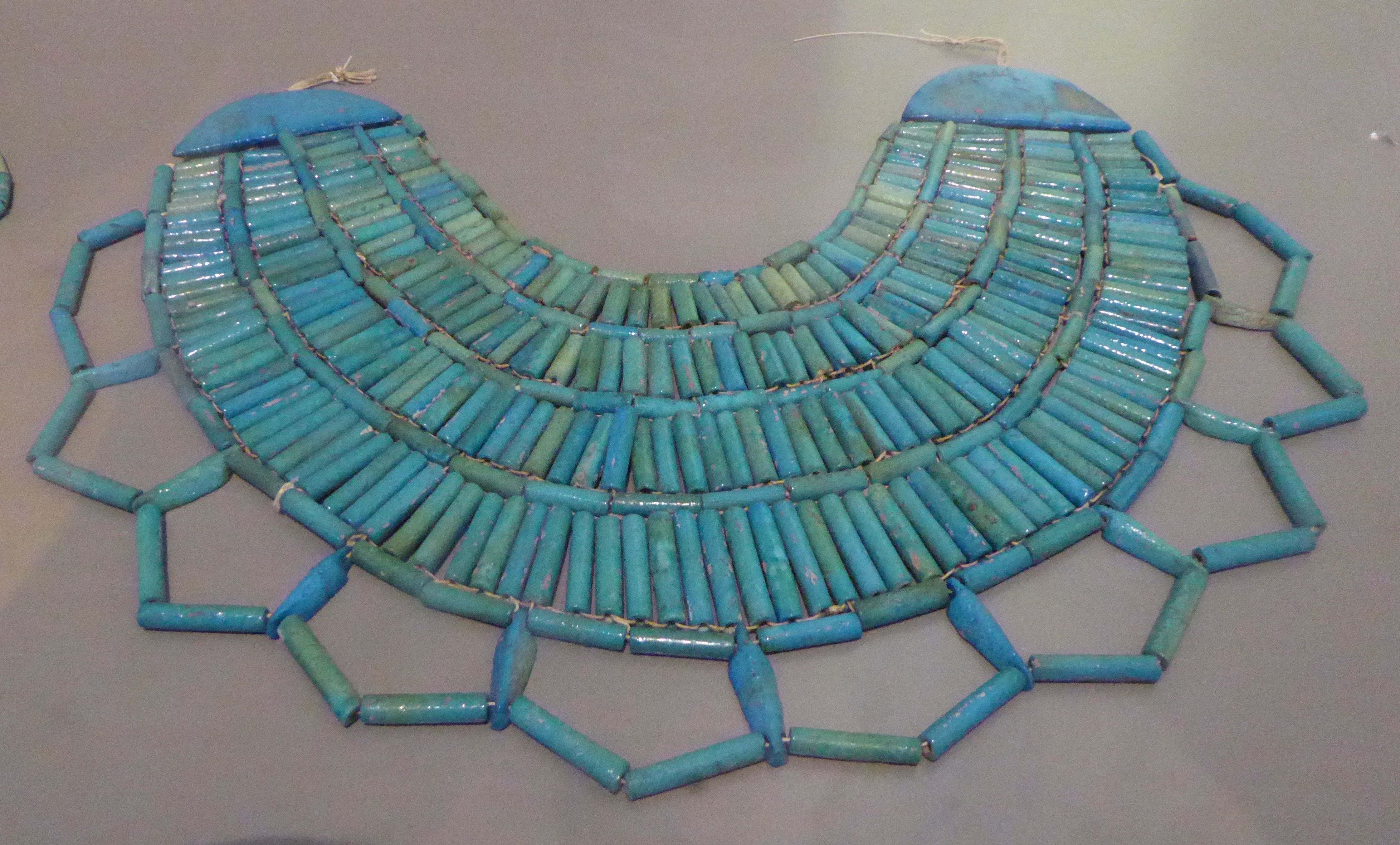
Sedment
Ancient village with cemeteries and Christian history.